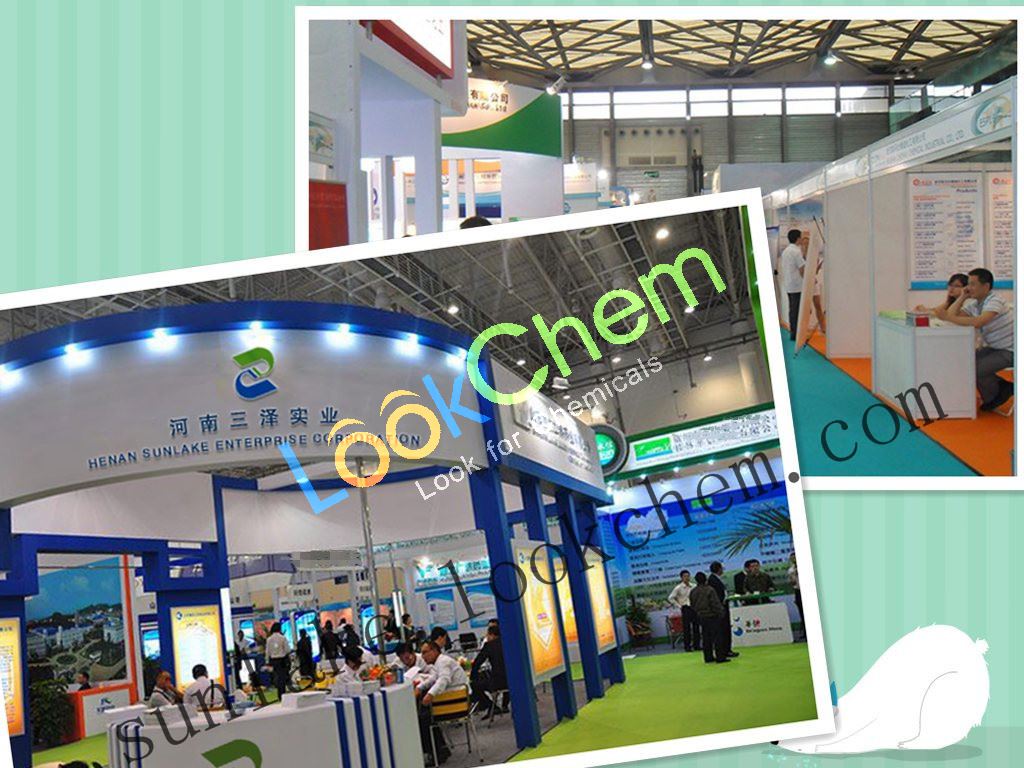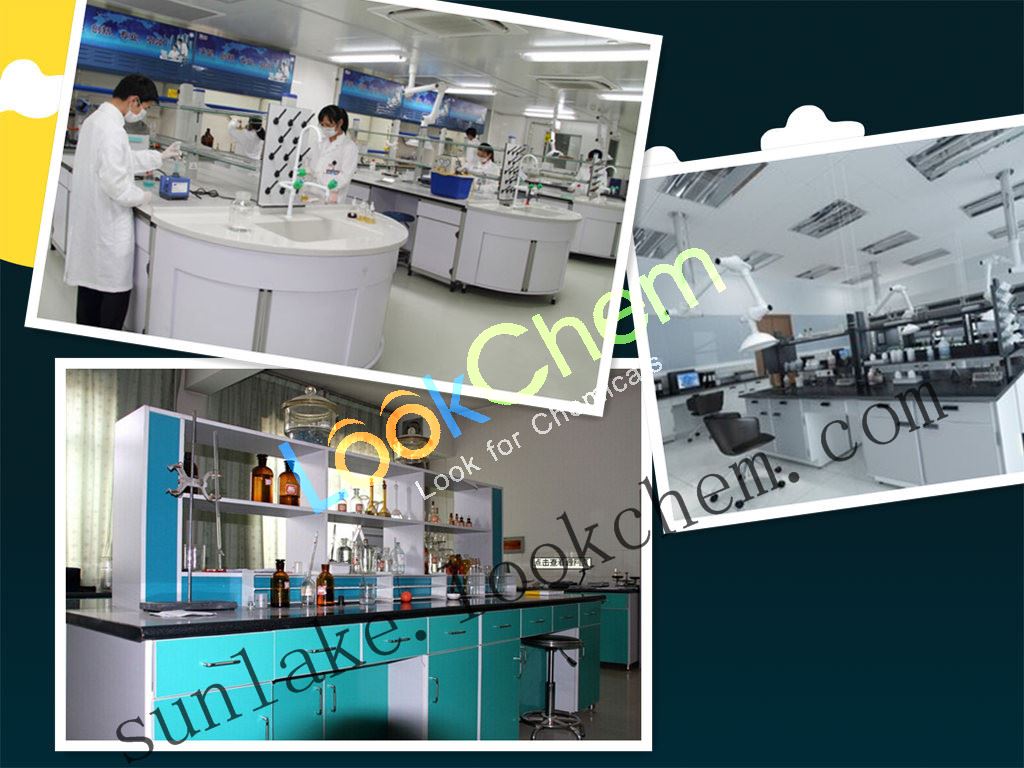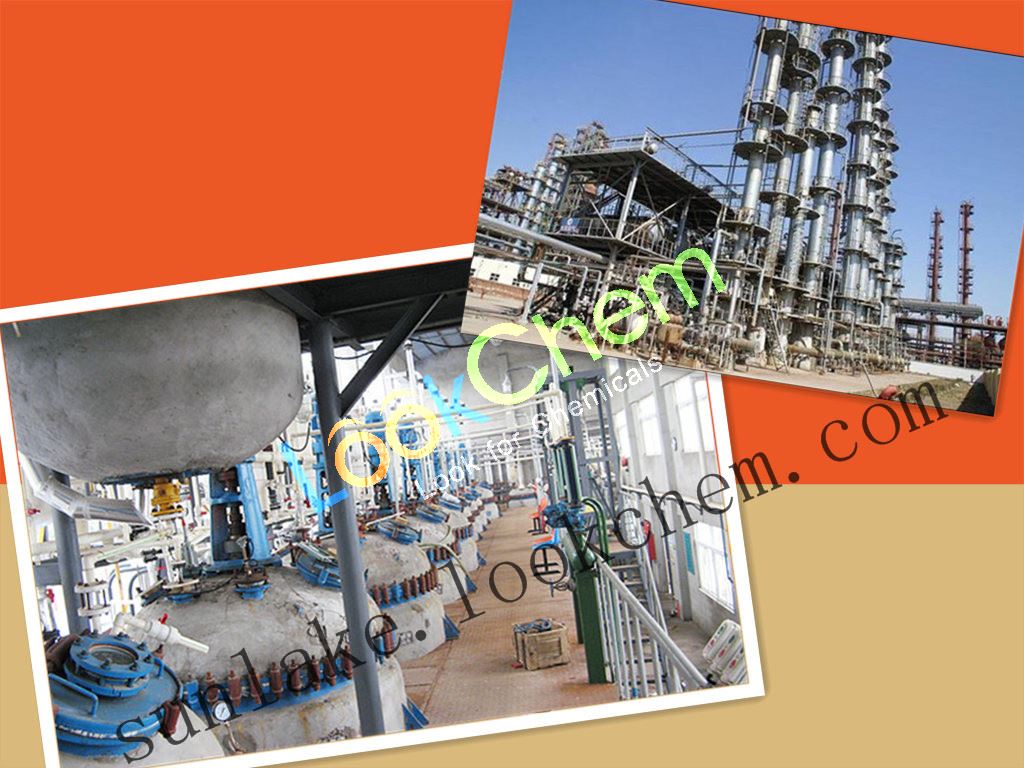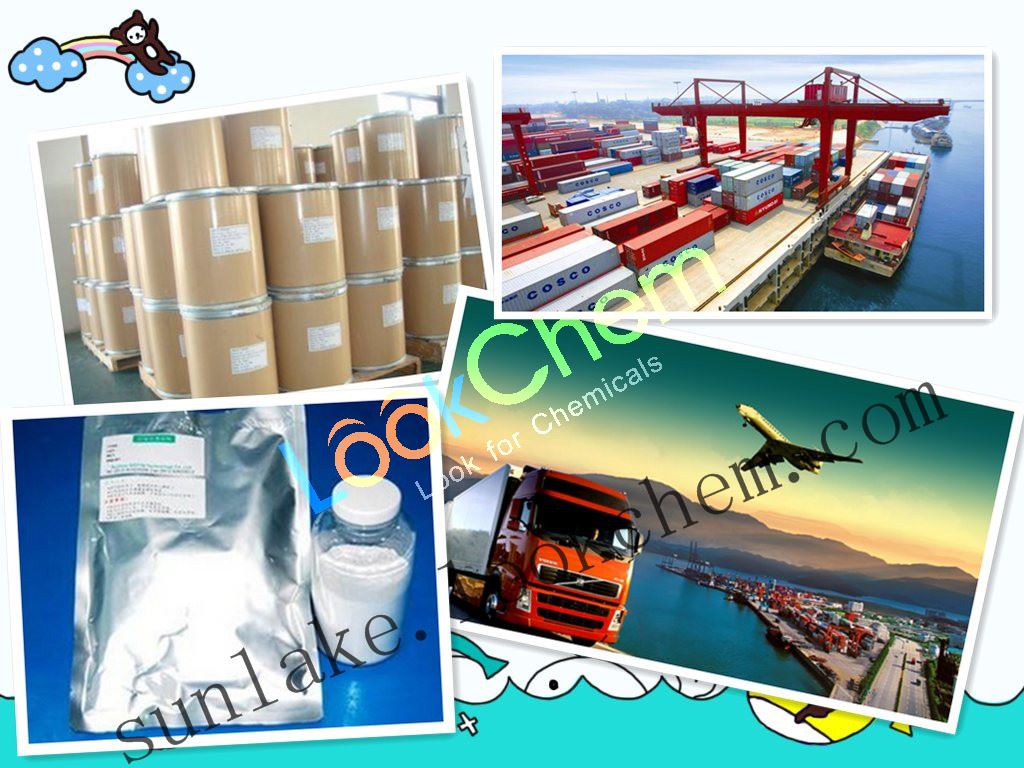- Min.Order :100 Kilogram
- Purity: 99%
- Payment Terms : L/C,D/A,D/P,T/T,Other
Keywords
Colchicine 64-86-8 C22H25NO6
Quick Details
- Appearance:powder
- Application:64-86-8
- PackAge:Depended
- ProductionCapacity:300|Kilogram|Month
- Storage:Refrigerator
- Transportation:by air or by sea
Superiority:
| Colchicine Basic information |
| Product Name: | Colchicine |
| Synonyms: | (S)-N-(5,6,7,9-TETRAHYDRO-1,2,3,10-TETRAMETHOXY-9-OXOBENZO[A]HEPTALEN-7-YL)ACETAMIDE;N-((S)-1,2,3,10-TETRAMETHOXY-9-OXO-5,6,7,9-TETRAHYDRO-BENZO[A]HEPTALEN-7-YL)-ACETAMIDE;n-(5,6,7,9-tetrahydro-1,2,3,10-tetramethoxy-9-oxobenzo[a]heptalen-7-yl)-acetamide;7-acetamido-6,7-dihydro-1,2,3,10-tetramethoxy-benzo(a)heptalen-9(5h)-on;7-alpha-h-colchicine;7alpha-h-colchicine;7alphaH-Colchicine;Acetamide, N-(5,6,7,9-tetrahydro-1,2,3,10-tetramethoxy-9-oxobenzo(alpha)heptalen-7-yl)- |
| CAS: | 64-86-8 |
| MF: | C22H25NO6 |
| MW: | 399.44 |
| EINECS: | 200-598-5 |
| Product Categories: | Alkaloids;All Inhibitors;Alkaloids (Others);Biochemistry;Plant Growth Regulators;Plant Growth Trgulators (Others);Tropolones;Tropolones & Azulenes;Antibiotic Explorer;Inhibitors;Intermediates & Fine Chemicals;Pharmaceuticals;API's;Antitumor Agents;Cell Signaling and Neuroscience;Cytoskeleton and Extracellular Matrix;Microtobule InhibitorsCancer Research;Microtubule Inhibitors;Caspases/Apoptosis;Amines;Chiral Reagents;Heterocycles;chemical reagent;pharmaceutical intermediate;phytochemical;reference standards from Chinese medicinal herbs (TCM).;standardized herbal extract;plantgrowth;#N/A |
| Mol File: | 64-86-8.mol |
|
|
|
| Colchicine Chemical Properties |
| mp | 150-160 °C (dec.)(lit.) |
| alpha | -250 º (c=1, alcohol) |
| storage temp. | Poison room |
| solubility | H2O: 10 mg/mL |
| form | powder |
| color | white to yellow with a green cast |
| Water Solubility | 45 g/L (20 ºC) |
| Sensitive | Light Sensitive |
| Merck | 14,2471 |
| BRN | 2228813 |
| Stability: | Stable. Light sensitive. Incompatible with strong oxidizing agents. |
| CAS DataBase Reference | 64-86-8(CAS DataBase Reference) |
| NIST Chemistry Reference | Colchicine(64-86-8) |
| EPA Substance Registry System | Acetamide, N-[(7S)-5,6,7,9-tetrahydro- 1,2,3,10-tetramethoxy-9-oxobenzo[ a]heptalen-7-yl]-(64-86-8) |
| Safety Information |
| Hazard Codes | T+,T,Xi |
| Risk Statements | 26/28-41-46 |
| Safety Statements | 13-45-36/37/39-28-26-53 |
| RIDADR | UN 1544 6.1/PG 1 |
| WGK Germany | 3 |
| RTECS | GH0700000 |
| HazardClass | 6.1 |
| PackingGroup | I |
| Hazardous Substances Data | 64-86-8(Hazardous Substances Data) |
| MSDS Information |
| Provider | Language |
|---|---|
| Colchicine | English |
| ACROS | English |
| SigmaAldrich | English |
| ALFA | English |
| Colchicine Usage And Synthesis |
| Alkaloids | Colchicine is a kind of alkaloid extracted from the crom or seed of the lily family plants, Colchicum autumnale, and is naturally presented in the Liliaceae Garland and Iphigenia with the contents being 0.11% and 0.1%. It is pale yellow needle crystals. It has slight odor and bitter taste with the melting point being 157 ℃. It is soluble in cold water, alcohol, chloroform and formaldehyde with poor solubility in hot water and is not easily soluble in benzene and ether. It is almost insoluble in petroleum ether with the pH of its 0.5% solution being 5.9. Hydrolysis with ammonia can reduce the toxicity. Colchicine is known to inhibit cell mitosis and has anti-tumor effect. In 1889, Italian scholar Pernice had first discovered the effect of colchicine on mitosis. He had described the metaphase of the lining cells in the stomach and intestines of dogs can be blocked colchicine with spindle being damaged and chromosome action paralyzed as well as a large number of abnormal mitotic cells existing in their metaphase. This abnormal division caused by the colchicine is known as colchicine mitosis (referred as the C mitosis). In the mutagenesis analysis of karyotyping and polyploid, colchicine is a most widely used chemicals. Its water concentration has a positive correlation with its action role. The higher the concentration is, the stronger the effect will be. Various kinds of plants and different organizations are known to have different response to colchicine. Generally, for young and rapidly divided organizations (e.g. germ of germinating seeds), the processing time can be shorter and the concentration should be lower; on the contrary, the processing time can be longer and the concentration should be higher. The effective concentration of colchicine treatment is 0.01 to 0.4% with the concentration of 0.2% having the mostly wide range. For example, if we drop 0.2 to 0.4% of colchicine solution on the diploid watermelon seedlings growing point once a day for four consecutive days, and keep the shade and humidity, you can induce tetraploid watermelon. For cereal crops such as rice, you can have robust seedling with four or more leaves cut an incision in the root neck with the degree within not cutting the growing point and immerse it into the 0.025 to 0.05% colchicine solution, submerge the incision, you can also obtain the tetraploid plants after 8 to 14 days (20 ℃). Currently, the colchicine is widely used for the chromosome doubling for haploid plants obtained from the culture of anther (powder), ovary culture. |
| Anti-gout drug |
Colchicine has a good efficacy in treating acute gout and can quickly relieve pain and can prevent the onset of arthritis with its mechanism of action related to the inhibition of white blood cells and proliferation activities and the effect on lysosomal release. The pharmacological effects of this product are through reducing activity and phagocytosis of leukocytes in the inflammatory tissue and reducing the inflammation caused by uric acid crystals, and thus playing effects of inflammation, swelling and pain effect, therefore it has selective anti-inflammatory effect on the acute gouty arthritis. In addition the product is also a kind of mitosis toxins with strong inhibitory effect of cell division, making the cells stopped in their division time and leading to tumor cell death, and therefore being used for cancer treatment. This product is easily absorbed after oral administration with 30% binding to plasma proteins and the plasma concentration reaching peak at 0.5 to 2 hours after oral administration. The plasma concentration peak after oral administration of 2mg is about 2.2ng / ml. It can play its efficacy at 12 hours after the administration in the case of acute gout and the efficacy can sustain 50 to 70 hours. The drug concentration in the isolated neutrophils is higher than the plasma concentrations and can maintain for as long as 10 days. This product is mostly metabolized by the liver with the metabolite and the prototype drug being excreted by the bile, further being reabsorbed through the intestinal tract with the unabsorbed part being discharged by the gut. The rest, about 10% to 20%, can be excreted through renal via urine. This product does not affect the formation, dissolution and excretion of uric acid salt thereby has no effect on lowering the blood uric acid content. It is clinically used for the treatment of acute gouty arthritis attack, prevention of recurrent episodes of acute gouty arthritis, familial Mediterranean fever, leukemia, skin cancer, Hodgkin's disease, and aplastic anemia. It can also applied to the specific treatment of M cycle of various kinds of malignant diseases such as the breast cancer, lung cancer, esophageal cancer, cervical cancer, nasopharyngeal carcinoma, Hodgkin's disease, chronic myelogenous leukemia, and skin cancer. The above information is edited by the chemicalbook of Dai Xiongfeng. |
| Adverse reactions |
The adverse reaction has significant correlation with the dosage. 1. Gastrointestinal reactions: nausea, abdominal pain, diarrhea, vomiting and loss of appetite are common early side effects with the incidence being up to 80%. In severe cases, there may be dehydration and electrolyte imbalance. Upon such kind of performance, the drug should be immediately discontinued. Patients of long-term usage can get severe hemorrhagic gastroenteritis or malabsorption syndrome. 2. The blood system reactions: long-term medication can cause agranulocytosis, thrombocytopenia, aplastic anemia, and sometimes threaten the life. 3. Other toxic reactions; it is mainly manifested as urinary tract irritation symptoms such as urinary frequency, urgency, dysuria, hematuria, oliguria, or even renal failure. There may also be symptoms such as stomach, throat or skin burning sensation, and fever, bloody diarrhea, mental changes, myasthenia gravis, and respiratory depression. 4. During the period of taking colchicine, we should pay attention to check blood and liver and kidney function. Patients of hematopoietic dysfunction, liver and kidney damage, heart disease and severe gastrointestinal disease should administer with caution. Pregnant women should be disabled. 5. Muscles, peripheral neuropathy: proximal muscle weakness, and elevated serum creatine kinase; there may also be peripheral nerve axonal polyneuropathy at the same time of damaged muscle cells, manifested as numbness, tingling and weakness; muscle neuropathy is rare, often occurs for people of long-term use in the prevention of gout and those with mild renal insufficiency. |
| Dosage and administration |
Tablets: 0.5 mg per tablet; injection: 1mg, 2mg. 1. for the treatment of acute gout: for adult who orally administers tablets, apply the first dose of 0.5 ~ 1 mg, then take 0.5 ~ 0.6 mg every 1 to 2 hours until the joint symptoms or gastrointestinal symptoms get alleviated when you can discontinue the treatment. Usually a total dose of 4 ~ 10 mg can play obvious efficacy. Note that the patients should administer the drug as early as possible to get excellent efficacy during the acute phase of medication. If the patients take intravenous injection with the first dose being 1 ~ 2mg, slowly inject with 20 mL of saline with the time of being no less than five minutes. If necessary, apply intravenous injection every 6 to 12 hours for 0.5 ~ 1 mg until it works with the total dose of 4 ~ 5 mg/d. Intravenous injection can give a better efficacy than oral administration, and can also significantly reduce the gastrointestinal reactions. 2. for the prevention of acute gout: Adults should take 0.5 ~ 0.6 mg of tablet per time with 2 times daily or intravenous injection of 1 ~ 2mg/d. 3. For the diagnosis test of gout: If the acute joints symptom gets alleviated after treatment, this will help confirm the diagnosis. |
| Hazardous characteristics |
Colchicine itself has a small toxicity, but after absorption, it can be metabolized (oxidized) in vivo to become the oxydicolchicine of a strong toxicity. It has a strong irritation effect on the digestive tract and can inhibit the blood cells, causing neutropenia deficiency and aplastic anemia. It can also cause paralysis on the nerve center and smooth muscle, resulting in vasodilation, and respiratory center paralysis and death. The human lethal dose of colchicine is 6mg ~ 7mg. Mouse oral-LD ??was 66.6mg / kg; LD50-intraperitoneal injection of mice is 3.5mg/kg. LD50- subcutaneous injection of rat is 4mg / kg. This product has been applied for treating acute gout for a long time. Later, it was found that it has a strong inhibitory effect on the cell division. Medically, it has been applied to the treatment of various cancers, such as breast cancer, cervical cancer, esophageal cancer, skin cancer, and chronic myelogenous leukemia. However, due to the high colchicine toxicity, in order to reduce the toxicity and improve the efficacy, people has modified the structure of colchicine with the toxicity of the resulting compounds being reduced, such as colchicine amine (TMCA, I), colchicine methylamine (Demecolcine II), it has now been used clinically. Colchicine poisoning has a certain incubation period with symptoms often happening at 3d~6d after oral administration or injection. Symptoms include throat burning, nausea, vomiting, abdominal pain, diarrhea, watery stools, hematuria, urine retention, numbness, aching limbs, muscle cramps, hair loss, dilated pupils, and convulsion, paralysis of the central nervous system, and respiratory depression and death. In addition, it can also produce local reactions such as when the drug liquid is leaked out from the blood vessel upon injection, local tissue necrosis can occur. Poisoning is usually caused by ingestion or drug overdose. There are also individual cases in which people take it for suicide. The method of treatment is mainly symptomatic treatment. Patients of swallowing colchicine or patients of colchicine poisoning should be prohibited for the use of oxidants such as potassium permanganate to avoid generating a large number of colchicine oxide in the body which further increases the toxicity. |
| Chemical Properties | It is pale yellow crystal or crystalline powder with bitter taste and the color being changed upon exposure to light.. M.p. is 157 ℃ (recrystallized from ethyl acetate), specific rotation [α] 17D-429 ° (1.72%, water), - 121° (0.9%, chloroform). It has the maximum absorption wavelengths being 243nm and 350.5 nm in ethanol. This product is easily soluble in water, ethanol and chloroform, soluble in benzene and ether, but insoluble in petroleum ether. The 0.5% solution of this product is acidic. LD50 (mouse, intraperitoneal) is 6.1mg / kg. |
| Application |
It can be used for the study of plant genetics; used as selenium reagent; clinically as anticancer drugs. The product is a typical mitosis toxin. It can be used for treating acute gout and breast cancer. It can also be used as selenium reagent, for being applied to plant genetics and cancer research. It is a kind of antineoplastic agents and anti-gout for being used for the treatment acute gout and for the treatment of tumors |
| Production method |
This product is a kind of alkaloid extracted from the crom or seed of the lily family plants, Colchicum autumnale. The Colchicum autumnale powder was heated under reflux with 85% ethanol extraction for 4h, the resulted ethanol solution was concentrated under reduced pressure to a semi-gum, dilute with distilled water, with 10% sulfuric acid acidified filtrate with extraction by chloroform, and then concentrate the chloroform extract, the resulted crude colchicine obtained by crystallization was subject to re-crystallization to obtain the finished product. Calculated from the Colchicum autumnale powder, the total yield is 0.15%. In foreign countries, it is mostly extracted from the crom of the Liliaceae Colchicum genus Colchicum bulbs. Take the bulbs and seeds of Iphigenia indica or Colchicum autumnale as raw material; obtain the final product with ethanol extraction and refining. |
| Category | toxic substances |
| Toxicity grading | toxic |
| Acute toxicity | intravenous - rat LD50: 1.6 mg / kg; Oral - Mouse LD50: 5.886 mg / kg |
| Irritation data | eyes - rabbit 1% / 3 days Severe |
| Chemical Properties | Yellow Solid |
| Usage | Binds specifically with tubulin thus interfering with microtubule organization. |
| Usage | antimitotic, antigout agent |
| Usage | An antimitotic agent that disrupts microtubles by binding to tubulin and preventing its polymerization. Stimulates the intrinsic GTPase activity of tubulin. Induces apoptosis in several normal and t umor cell lines and activates the JNK/SAPK signaling pathway. |
| Usage | anti-inflammatory agent, mitosis inhibitor |
| Usage | For treatment and relief of pain in attacks of acute gouty arthritis. |
| Flammability and hazard characteristics | combustible with fire causing decomposition into toxic nitrogen oxide fumes |
| Storage properties | warehouse: cold, ventilated and dry; and food raw materials stored separately |
| Extinguishing media | Water, carbon dioxide, dry, sandy soil |
| General Description | Odorless or nearly odorless pale yellow needles or powder that darkens on exposure to light. Used to treat gouty arthritis, pseudogout, sarcoidal arthritis and calcific tendinitis. |
| Air & Water Reactions | Slowly hydrolyzed in acidic solution, but unbuffered solutions are stable at 68°F for at least six months. Isomerizes on exposure to ultraviolet radiation. |
| Reactivity Profile | Colchicine darkens on exposure to light. Incompatible with strong oxidizing agents. Also incompatible with mineral acids . |
| Health Hazard | Colchicine is classified as super toxic. Probable oral lethal dose in humans is less than 5 mg/kg, i.e. less than 7 drops for a 70 kg (150 lb.) person. Death results from respiratory arrest. The fatal dose varies considerably; as little as 7 mg of Colchicine has proved fatal. |
| Fire Hazard | Stable. |
| Biological Activity | Plant-derived alkaloid that binds to tubulin and depolymerizes microtubules. |
Service we provide:
1. Mixed container, we can mix different items in one container.
2. Quality control, before shipment, free sample for test. after shipment, keep sample for 3 years
3. Prompt shipment with professional documents
4. Packing as your request, with photo before shipment
Details:
- Exhibition in shanghai
We have clients throughout the world:
Professional service and rich experience make customers feel at ease, adequate stock and fast delivery meet your desire.

Our Laboratoy
We have our own independent lab test center:
This makes sure that our technology support is reliable and authoritative.All of self-owned fine chemicals are manufactured strictly in accordance with international standard.,and also has scientific cooperation with local colleges and institutes.

Our factory
High quality with competitive price:
We are manufacturer and can provide high quality products with factory price

Package & Shipment
Fast and safe delivery:
Parcels can be sent out within 24 hours after payment. Tracking number is available
Secure and discreet shipment. You have various choices of transportation methods

You Might Also Like
Related Searches
About|Contact|Cas|Product Name|Molecular|Country|Encyclopedia
Message|New Cas|MSDS|Service|Advertisement|CAS DataBase|Article Data|Manufacturers | Chemical Catalog
©2008 LookChem.com,License: ICP
NO.:Zhejiang16009103
complaints:service@lookchem.com Desktop View